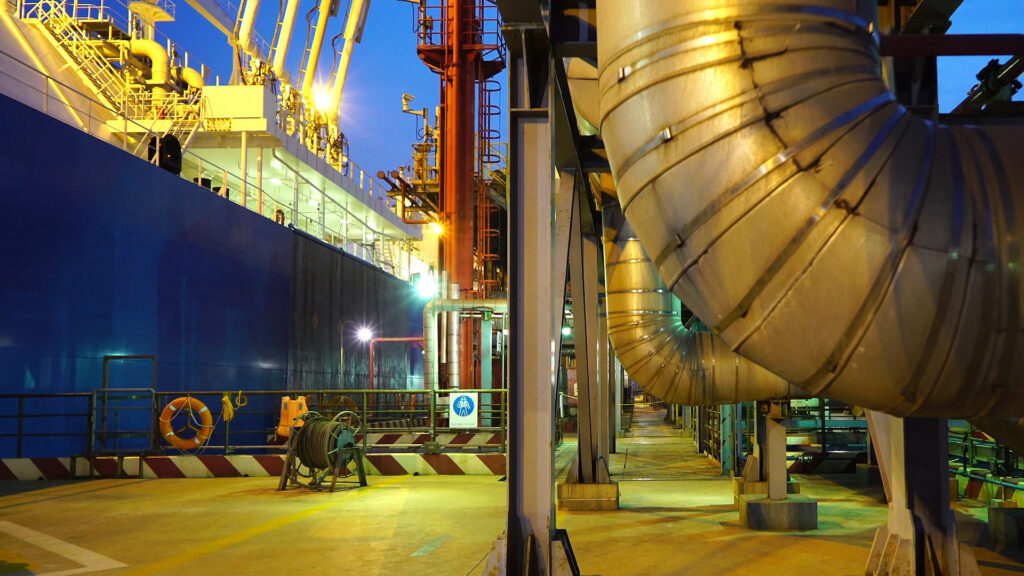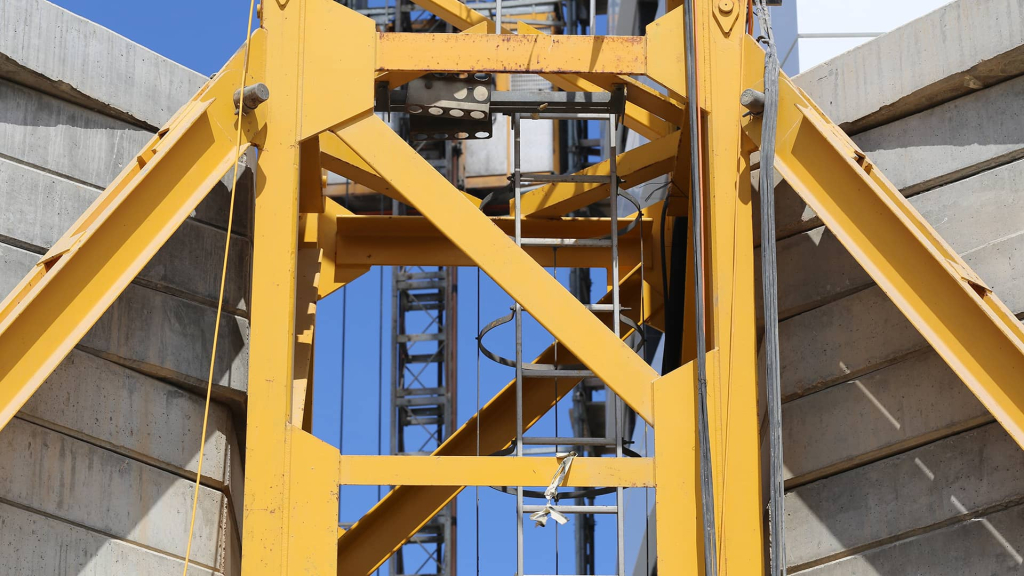Developments in Australian Offshore Decommissioning, March 2018
The Australian Federal Government and associated agencies review the policy, regulatory and legislative framework for decommissioning offshore petroleum assets in Commonwealth waters.
In January 2018, the Australian Department of Industry, Innovation and Science issued the Offshore Petroleum Decommissioning Guideline1 (Guideline), the purpose of which is to clarify the application, operation and interaction between components of the regime for decommissioning offshore petroleum infrastructure in Commonwealth waters.
Infrastructure within Australian state and territory coastal waters that is, within 3 nautical miles of the territorial sea baseline, is generally subject to separate state and territory legislation and regulations2. For instance, last year Western Australia (WA), issued its own Petroleum Decommissioning Guideline that applies to infrastructure within WA coastal waters3.
For infrastructure in Commonwealth waters, an objective of the recent Guideline is to assist offshore petroleum titleholders to plan decommissioning projects, and in particular, to understand the complex legislative and regulatory regimes at play, the necessary application and approval processes, and the expectations of and engagement with key authorities and decision-makers.
Importantly, the Guideline sets out four key Australian Government policies concerning titleholders’ obligations for decommissioning all structures, equipment and property brought into an offshore petroleum title area:
- Decommissioning is the responsibility of titleholders
- Early planning for decommissioning is encouraged
- Complete removal of infrastructure is the default requirement
- Decommissioning must be completed before the end of title
At the core of these policies lie fundamental concepts of safety and environmental responsibility, underscored by express legislative obligations under the Offshore Petroleum and Greenhouse Gas Storage Act 2006 (Cth), its associated regulations, and other relevant Commonwealth laws such as the Environment Protection (Sea Dumping) Act 1981 (Cth).
The Guideline is high-level, and is not itself intended to provide detailed guidance on operational requirements for decommissioning specific offshore assets. HFW understands that the National Offshore Petroleum Safety and Environmental Management Authority (NOPSEMA) and the National Offshore Petroleum Titles Administrator (NOPTA) are currently undertaking a thorough review of specific policy and regulatory requirements for offshore decommissioning operations, and may issue updated and more detailed guidance materials later this year. It is anticipated that there will be a process of consultation with industry stakeholders as part of the review.
Decommissioning has recently become an increasingly significant issue in the international offshore energy sector as the downturn in the oil price has adversely affected the commercial viability of fields in several mature basins. In the North Sea4 and U.S. Gulf of Mexico, where several fields are no longer commercially viable, decommissioning is underway where late life asset management and transfer has not been possible. However, the issue is not confined to the United Kingdom Continental Shelf (UKCS) and U.S. Gulf of Mexico. In the Asia-Pacific region, which has nearly 2,600 platforms and 35,000 wells, more than 380 fields are expected to cease production in the next decade5. In Australia, only a small number of offshore facilities have been decommissioned to date, however, the position is expected to change significantly in coming years as a number of mature fields in Australian offshore waters cease production6. For example, plugging and abandonment (P&A) work is expected to take place at the Basker-Manta-Gummy field in Bass Strait, offshore Victoria, later this year7.
It is becoming increasingly important for Australia to develop an advanced and comprehensive modern framework for the regulation of offshore decommissioning projects.
HFW will continue to closely monitor the situation as NOPSEMA progresses its decommissioning review, and further updates will be provided.
Footnotes
- Available at: http://www.nopta.gov.au/_documents/guidelines/decommissioning-guideline.pdf.
- In accordance with the Offshore Constitutional Settlement agreed in 1979 between the Australian Commonwealth and States.
- Issued by the WA Department of Mines, Industry Regulation and Safety, dated 30 October 2017 and available at: http://www.dmp.wa.gov.au/Documents/Petroleum/PET-DecommissioningGuideline.pdf
- OGA Decommissioning Insight Report 2017: between 2017 to 2025, decommissioning is forecast to take place on 349 fields across the four regions of the North Sea – the Danish, Norwegian, Dutch and UK Continental Shelf – with over 200 platforms forecast for complete or partial removal, nearly 2,500 wells are expected to be plugged and abandoned and 7,800 kilometres of pipeline are forecast to be decommissioned.
- Decommissioning Asia Pacific on a budget – 2018 report by Wood Mackenzie.
- See NOPSEMA Decommissioning Brochure: http://www.nopsema.gov.au/assets/Publications/A551325.pdf.
- See http://www.cooperenergy.com.au/Upload/Cooper%20Energy%20stakeholder%20flyer%202018.pdf.
Download a PDF version of ‘Developments in Australian Offshore Decommissioning, March 2018’











